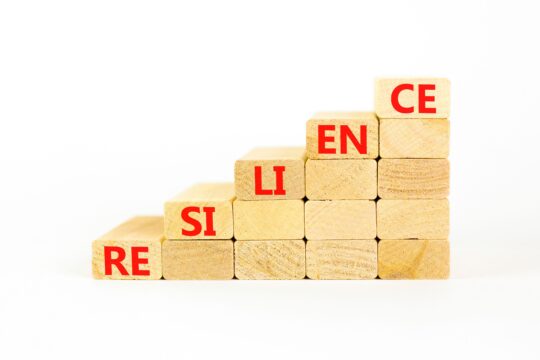What are Number Talks?
It’s math class, so let’s talk about numbers! There are many different components of a math lesson, and number talks can be one specific way to enhance student learning. Number talks are short, anywhere from five to fifteen minutes, where students are engaged in solving mental math problems. The goal of a number talk is to build math sense! This is important because it can help students in all areas of math, and most importantly, with their level of confidence.
What Math Concepts are Number Talks Appropriate For?
One important piece of information to begin with: number talks do not replace math instruction, they are meant to complement and enhance it. Number talks help to strengthen fluency, mental math strategies, and overall number sense. There are no specific math concepts that number talks are “appropriate” for, the students just need to have the ability to solve through mental math. They help students to expand their thinking by having students create explanations to explain the way they are solving problems instead of just stating an answer. It allows teachers to peer into the students’ minds and understand their path of thinking.
What Do Number Talks Look Like?
Number talks should be a routine in the math classroom. They can serve as your warm-up for each day, or implement them on particular days of the week (for instance, Talk About it Tuesday and Figure it Out Friday) and start class with number talks on set days. Number talks have multiple steps in order to complete. The first step is that the teacher writes a problem on the board. These can be simple or complex, and they must be able to be completed using mental math by the students.
The second step is students actually solving the problem. Once students have used mental math to solve the problem, they give a thumbs-up. While they are waiting to share their answer, encourage students to think about an alternative way to solve the problem. If students come up with a second way to solve the problem, have them touch their shoulder with their pointer finger on their other hand. This encourages students to continue thinking about the problem even after they have determined a solution.
The third step is the Student Share Out. Students share their answers. The teacher lists all of the answers on the board without stating whether they are correct or incorrect. The fourth step is where the teacher revisits the student answers and has the students explain their mathematical thinking when solving the problem using mental math. The teacher writes the steps to solve on the board.
In the fifth step, a consensus is reached and a discussion emerges. Students should leave the number talk with multiple strategies to use to solve the problem using mental math. This shows students that not everyone’s math mind works in the same manner, and just because you think about problems differently, does not mean that it is incorrect.
In the sixth step, the teacher asks follow-up questions that would apply some of the skills gained during the number talk. The follow-up questions should build upon the original question the number talk was based on.
As the teacher, there are a few important tips to remember! Do not give students an idea of what the correct answer is. If the students are looking for a sign from you to what the correct answer is, do not give it to them. Focus on the explanations more than the answers. Make sure the classroom environment is a safe and positive one. Students should encourage one another to share. Provide students with sentence starters such as “I respectfully disagree” and “ I strongly agree” to create valid and empowering discussions.
Lastly, it is much more powerful to do shorter number talks frequently and regularly versus longer ones sporadically. Number talks can be a powerful tool in the classroom. Remind students that MATH has been said to mean “ Mistakes Allow Thinking to Happen”, so making mistakes can many times lead to higher levels of learning, growth, and academic achievement!




